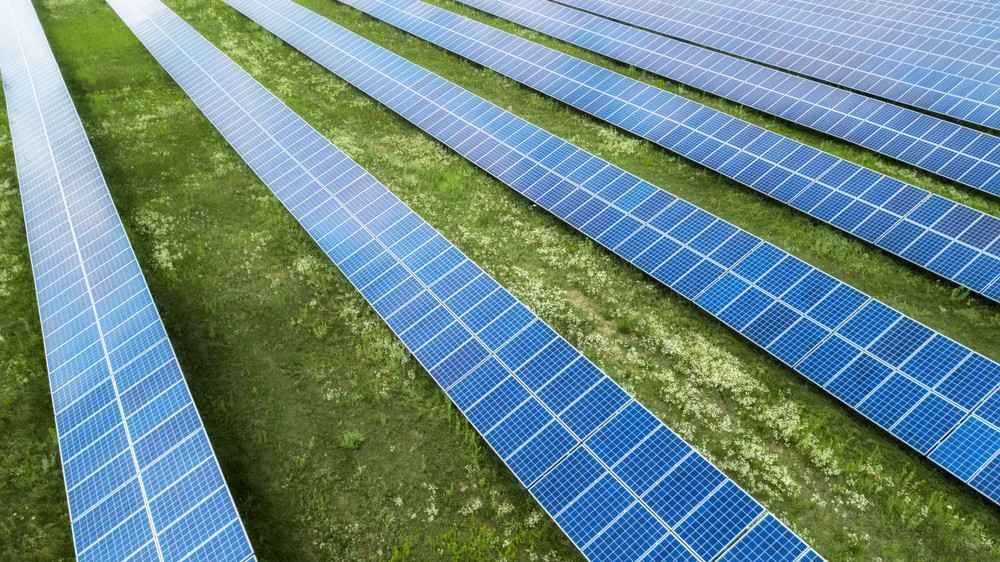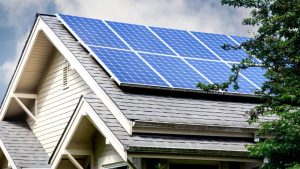If you like the idea of solar panels, but you don’t want them on your property, you still have other options. One option is community solar or community solar farms. Community solar refers to local solar facilities shared by multiple community subscribers who receive credit on their electricity bills for their share of the power produced. Like solar panels, there are many pros and cons that come with participating in community solar. Be sure to keep these pros and cons in mind when exploring your options.
Pros of Community Solar
One of the biggest advantages of community solar is the savings on your electricity bill. The following factors should be considered: the pricing model, electricity rates, and the cost of a community solar purchase. All of these factors can impact how much money you save. Generally, people who participate in a community solar farm save anywhere from 5 to 15 percent off their electric bill. However, it depends, because sometimes the community solar can be more expensive than your electric bill so it’s important to explore your options.
Community solar is a great option for people who live in rental or shared properties. You need full ownership rights to install solar panels on your home. This makes it infeasible for tens of millions of Americans who rent to use solar panels to generate solar power on their property. Also, for renters who may move around a lot, having a community solar contract may allow them to use community solar farms in other places depending on their contract. This gives renters the opportunity to take advantage of clean, low-cost electricity without the panels on their roof.
Previously, community solar had many roadblocks and long-term contracts with hefty cancellation fees. Now, community solar companies have been breaking down those barriers and simplifying procedures. Consumers can now sign into short-term contracts and have an easier time canceling or transferring their contract.
Cons of Community Solar
One of the bigger cons to community solar farms is the consumers of community solar are not eligible for solar incentives. This is because most people who invest in community solar do so through a subscription model. With this, the consumer doesn’t own any solar panels at the farm. Instead, they pay for the electricity generated on the farm. However, this rate is usually lower than the rate you would pay your utility company for electric. Solar incentives are usually only available for people who own solar panels. Since consumers don’t own any part of the solar farm, they aren’t eligible for solar incentives such as tax credits or rebates.
Another big con is community solar farms can take up a lot of space. Solar farms need a lot of sunny, unblocked space and might require some land clearing to build. This can cause some backtracking effects that aren’t quite environmentally friendly like deforestation and habitat loss. However, one fix to this is to use land that’s been previously cleared or otherwise unusable plots of land like landfills or brownfields.
Community solar isn’t available in every state. This may change because community solar is becoming more and more popular. As of September 2019, only 19 states in the United States have active community solar policies. For a state to build community solar, local governments need to pass legislation that allows consumers to take advantage of solar electricity produced remotely.
—
We all want to help protect our environment. If you don’t own your home, you may want to look into a community solar farm. If you do own your home and want to invest in solar panels to receive some amazing benefits, visit the Surf Clean Energy website. We have all the information you need on how you can get started.
You may also like to read more about Charging Your Electric Car with Home Solar Panels.




